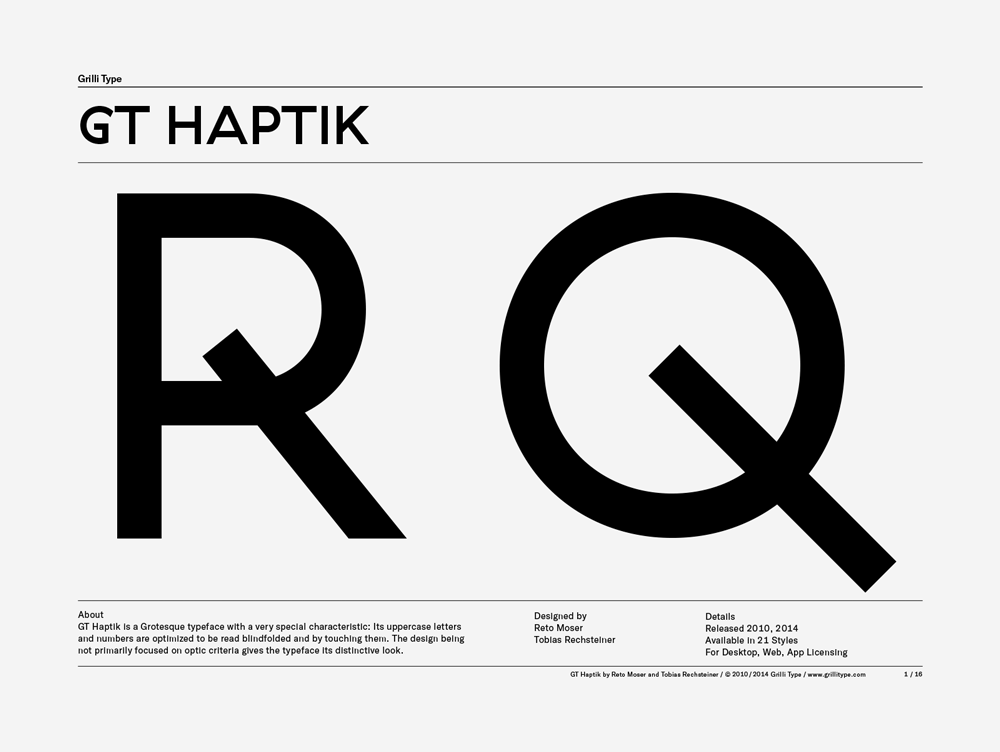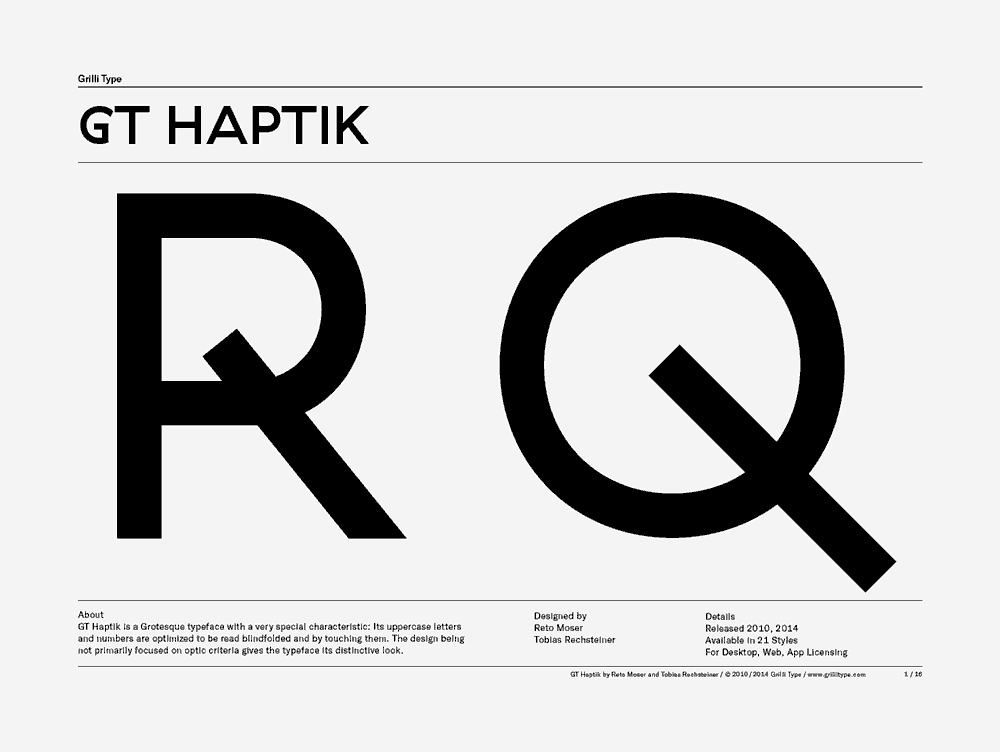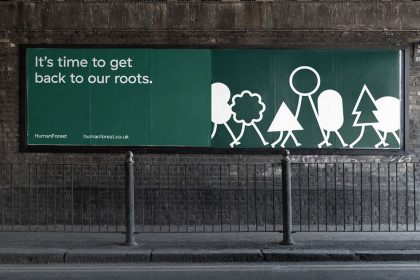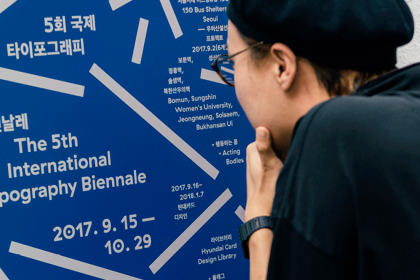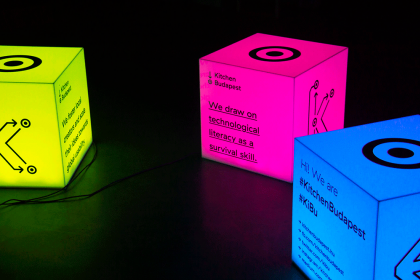GT Haptik
Family overview
- Lazer Oblique Rotalic
- Thin Oblique Rotalic
- Light Oblique Rotalic
- Regular Oblique Rotalic
- Medium Oblique Rotalic
- Bold Oblique Rotalic
- Black Oblique Rotalic
- LazerBal du moulin de la Galette, 1886, by Pierre-Auguste Renoir
- Lazer ObliqueBust through the moves run your fingers through your hair
- Lazer RotalicAnd get a fly girl and catch this beat
- ThinWhistler’s Mother, 1871, by James McNeill Whistler
- Thin ObliqueStarry Night over the Rhone, c.1888, by Vincent van Gogh
- Thin RotalicSchool of Athens, c. 1510 by Raphael
- LightA Sunday Afternoon on the Island of La Grande Jatte, 1884–1886, by Georges Seurat
- Light ObliqueNighthawks, 1942 by Edward Hopper
- Light RotalicNow they know when you talk about the Hammer
- RegularSchool of Athens, c. 1510 by Raphael
- Regular ObliqueAmerican Gothic, 1930 by Grant Wood
- Regular RotalicThe Scream, 1893, by Edvard Munch
- MediumGuernica, 1937, by Pablo Picasso
- Medium ObliqueDogs Playing Poker, 1903, by C.M. Coolidge
- Medium RotalicMy-my-my-my music makes me so hard makes me say oh my Lord
- BoldGuernica, 1937, by Pablo Picasso
- Bold ObliqueThat’s good when you know you’re down
- Bold RotalicAnd get a fly girl and catch this beat
- BlackThe Scream, 1893, by Edvard Munch
- Black ObliqueYou got it like that now you know you wanna dance
- Black RotalicThe Last Supper, 1495–1498 by Leonardo da Vinci
- Settings
Typeface information
GT Haptik is a monolinear geometric grotesque typeface. Its uppercase letters and numbers were optimized to be read blindfolded and by touching them. It is now available in seven weights with accompanying Oblique and Rotalic styles. Included with each style come alternate characters as well as proportional and tabular figures.
Typeface features
OpenType features enable smart typography. You can use these features in most Desktop applications, on the web, and in your mobile apps. Each typeface contains different features. Below are the most important features included in GT Haptik’s fonts:
- SS02
- Stylistic alternates C, G
CHAGALL
- SS03
- Stylistic alternate R
Rembrandt
- SS04
- Alternate zero
Year 2000
- TNUM
- Tabular figures
0123456789
Typeface Minisite
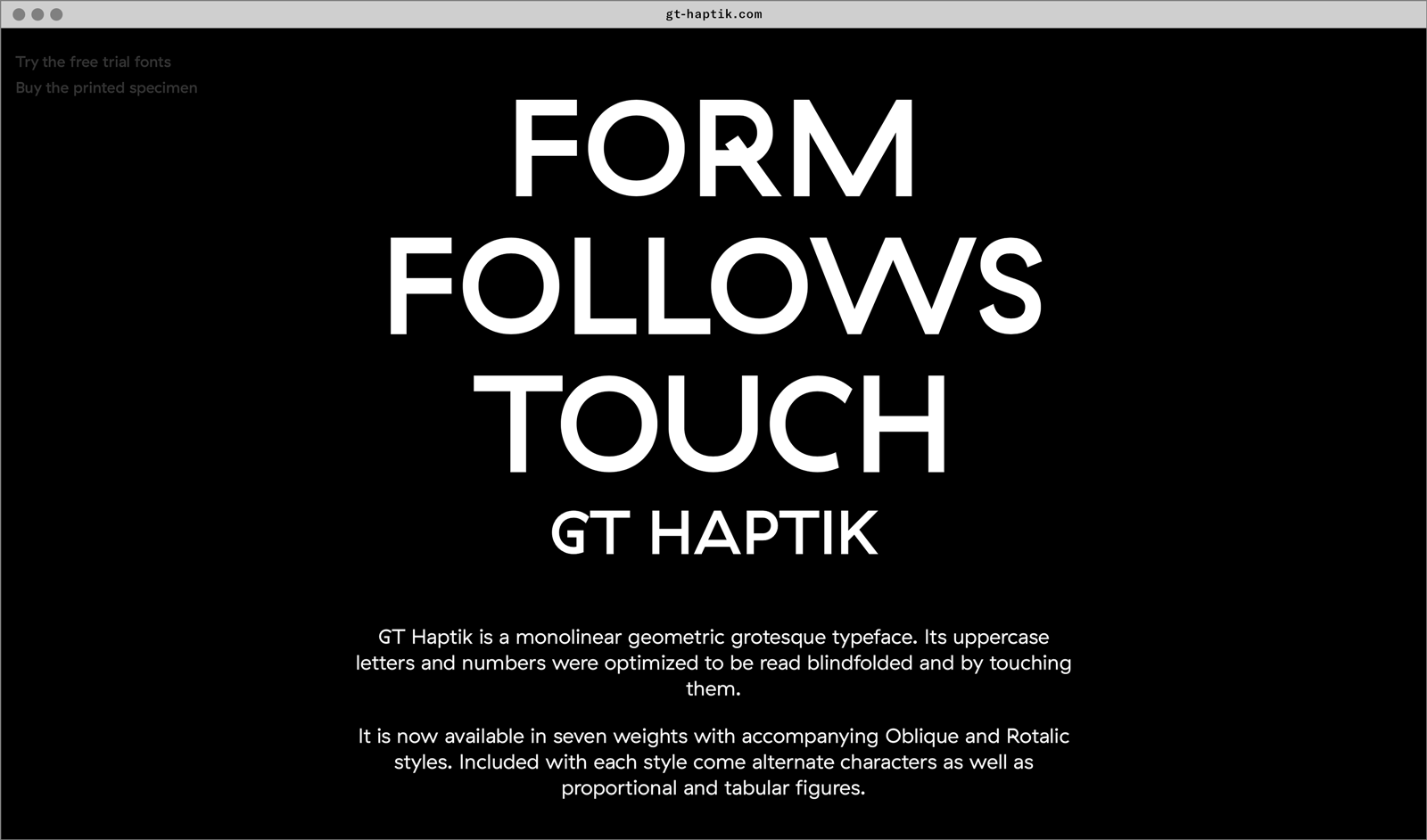

- Visit the GT Haptik minisite to discover more about the typeface family’s history and design concept.
GT Haptik in use
